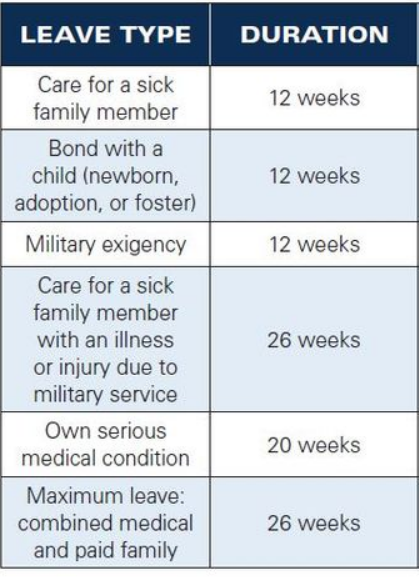Understanding the Concept of Paid Family Leave
Becoming a parent involves significant financial and emotional demands, making the premise of paid family leave programs a pressing issue. These programs allow parents to continue receiving income while taking necessary time off from work to care for a new child. However, not all American citizens are entitled to paid family leave and the conversation about revising these policies is ongoing.
So, what exactly is paid family leave and who gets it? The Family and Medical Leave Act offers up to 12 weeks of unpaid leave in a 12-month period to new parents or individuals dealing with major illnesses themselves or within their families, without the risk of losing their jobs. However, it only applies to establishments with 50 or more employees and individuals have to have worked with their employers for at least a year to qualify for it.
The significance of paid family leave cannot be overemphasized due to the associated health benefits for both parents and their children, ranging from aiding mothers’ recovery post-delivery to supporting parent-infant bonding. Studies also suggest that paid family leave may reduce infant mortality, promote mothers’ mental health, and encourage regular infant medical check-ups and vaccinations.
When compared to other countries, the U.S.’s lack of a universal paid maternity leave program creates a less favorable impression, with only Papua New Guinea having a similar policy internationally. However, California, New Jersey, Rhode Island, Washington, and New York have enacted paid family leave laws, and major tech companies like Facebook and Netflix offer extensive family-friendly benefits.
Despite these positives, the U.S. Department of Labor reports that only 12% of workers have access to paid family leave, leading some critics to argue against its expansion as they fear an unnecessary government expansion and financial burdens on businesses. As a result, the dialogue around reshaping America’s paid family leave policies is still very active and changes in the coming years are anticipated.
For individuals residing in states such as California and New York, this is particularly relevant, as access to these benefits may require reaching out to specific agencies. Therefore, it may be helpful to know how to contact SDI or how to get a hold of Paid Family Leave. For those residing in California, it may be crucial to know how to contact a live person at EDD for specific issues that may arise during the process, which can be a daunting task. Thankfully, resources like eddcaller.com can provide strategies on the best ways to contact these agencies. This can make the process of navigating paid family leave and benefits a lot more manageable and less stressful.
